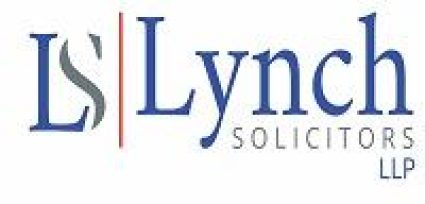
Legal Column, South Tipp Today, 16th January 2014
This month, in our legal column, we will run a series of New Year’s resolutions articles. It seems appropriate to start the year with an area that we have talked about quite a lot last year – the new statutory Personal Insolvency code.
Lose the Debt and get Fit!
The approach to dealing with debt and insolvency could be compared to resolutions we make to get fit. It is easy to talk about it, but not so easy to do it. In both situations it is relatively straightforward – if you reduce the intake and increase the output you are likely to get the result, in most cases.
Essentially, there are only two real options available to people who are dealing with unsustainable debt:
• Come to an arrangement with the creditors to repay debts or part of it.
• If you can’t come to a workable arrangement you are in a bankruptcy situation.
Similarly to exercise leading to fitness – with debt the only way you are going to lose it is if you try and come to a deal (which is the equivalent to exercise) or go with the more drastic route (which is equivalent to a drastic diet); it’s either an arrangement or it is bankruptcy.
The Insolvency code is our way, in Ireland, of trying to address the problems that we’ve had over the last number of years. For five years we’ve had people trying to deal with unsustainable debt. It is now relatively straightforward, but people need to be in that mind-set in January – we have had five years of talking about it and trying to make it work, we have had a year of both sides trying to come to an agreement and we have had a year of gearing up for a solution.
Now is the time to take action – either get a deal or force a deal.
There is no quick, fast solution – but there is a solution. The sooner you start, the closer you are to resolving it – like exercise and getting fit!
Explore Your Options – They now Exist!
The first port of call for those who are insolvent – cannot meet their debts as they fall due – is to contact a Personal Insolvency Practitioner who will assess their situation and advise on which arrangement, if any, would be suitable. The PIP acts as a go- between for the debtor, the creditors, the Insolvency Service and the Courts.
There are four options under the new regime:
- Debt Relief Notice (DRN)
- Debt Settlement Arrangement (DSA)
- Personal Insolvency Arrangement (PIA)
- Bankruptcy
One of the first things a PIP will do is get a Protective Certificate for those who are struggling financially. This put a freeze on creditors – stops any creditors pursuing them for a limited amount of time to allow time for proposals and negotiations.
Prescribed Financial Statement (PFS) – The Blueprint Document
One of the most important and preliminary steps will be the completion of a Prescribed Financial Statement.
Effectively, the PFS is a full, frank and detailed statement of what people own, what they owe, and what the balance is.
If you are entering into a Debt Settlement Arrangement or a Personal Insolvency Arrangement the PFS will be completed with the help of your Personal Insolvency Practitioner and will form the cornerstone of any application made.
The PFS would form the basis of calculating what repayments will be made to creditors and what portion of monies can be kept to maintain a reasonable standard of living.
Take Control of Your Own Destiny!
The Insolvency Service of Ireland (ISI) began accepting applications from PIPs on 9th September 2013.
While there may still be a wait and see attitude, in general many people, as they are developing more of an understanding of what is involved, are exploring the new debt options introduced under the Personal Insolvency Act.
As a Personal Insolvency Practitioner (PIP) I have seen a growing awareness and willingness to engage in the process and take a step on the road to recovery.
Know Your Limit!
Initially there was much debate about the minimum standard of living applicable to people entering into insolvency arrangements. I have found that many clients who I have been dealing with were living below the reasonable standard of living.
The purpose of Personal Insolvency arrangements and the purpose of bankruptcy are not to punish people.
The objective is to get the country – and its people – back up on its feet.
You Are Not Alone!
We are dealing with people from all walks of life and all levels of income and debt from social welfare recipients to working professionals, from those who are dealing with relatively low levels of personal debts to those who owe millions with a portfolio of properties in negative equity.

